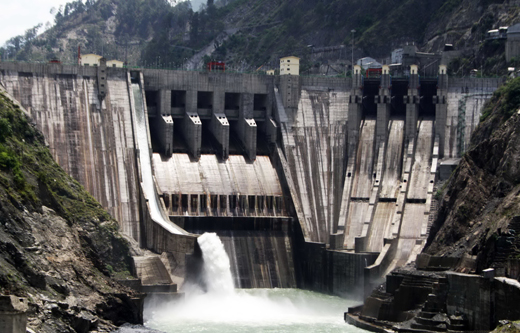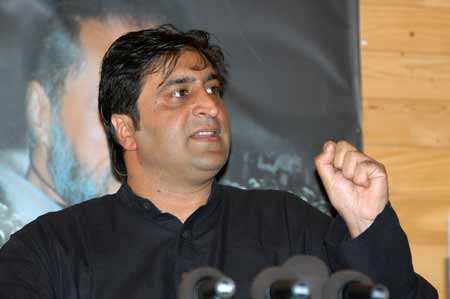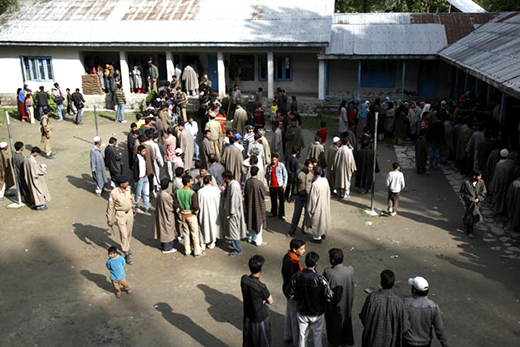by Mariah Shah
SRINAGAR: Aiming at the security of the power distribution system in Ladakh, Chinese hackers are reportedly trying to sabotage cyber security. This is happening at a time when reports suggest that the Chinese troops are learning the Hindi language.
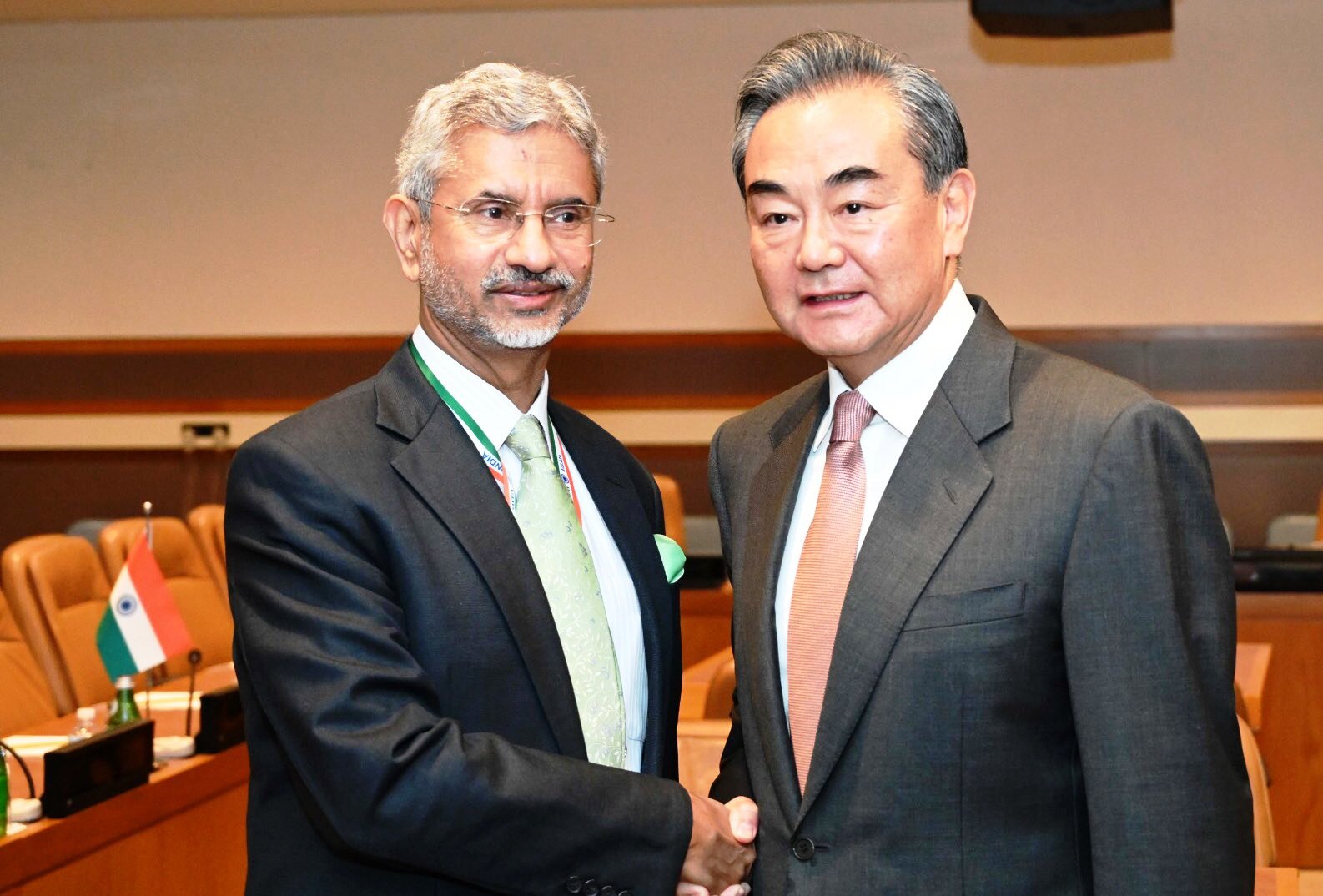
“In recent months, we observed likely network intrusions targeting at least seven Indian State Load Despatch Centres (SLDCs) responsible for carrying out real-time operations for grid control and electricity dispatch within these respective states,” a Massachusetts-based cyber security threat intelligence firm, Recorded Future Inc has reported. “Notably, this targeting has been geographically concentrated, with the identified SLDCs located in North India, in proximity to the disputed India-China border in Ladakh.”
The firm has confirmed that the objective for intrusions may include gaining an increased understanding of these complex systems in order to facilitate capability development for future use or gaining sufficient access across the system in preparation for future contingency operations.
The investigation revealed the hackers targeted SLDCs in the Ladakh region, using a malware named ShadowPad.
Power and New and Renewable Energy Minister, RK Singh has confirmed two attempts of cyberattack targeting the electricity distribution in Ladakh. “We have already strengthened our defense system to counter such cyber-attacks,” Singh was quoted saying by news gatherer ANI. “At least seven Indian State Load Dispatch Centers (SLDCs) were observed to be attacked in December, January, and February this year, but were foiled.”
However, Beijing has denied the reports. “We have noted the relevant reports,” China’s Foreign Ministry spokesman Zhao Lijian said at a media briefing. “As I repeated many times, we firmly oppose the crackdown on all forms of hacking activities. We will never encourage, support, or condone such activities.”
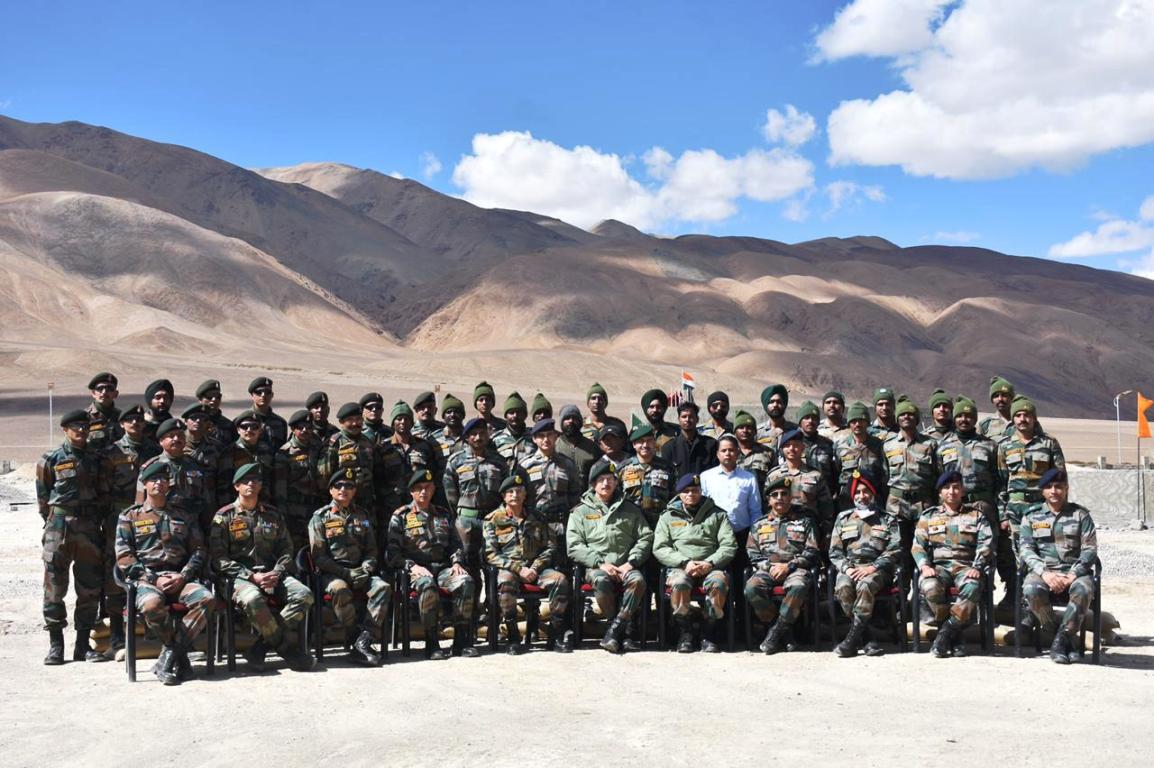
Notably, tensions between India and China started in 2020 summer in the far-northern region of Ladakh in the Galwan Valley. Since then, both the countries had multiple rounds of talks at military and diplomatic levels with the purpose of de-escalating tensions leading them to reinforce the region with additional military hardware and force.
China has often been reluctant to accept the proposals put forth by the Indian side. In recent talks, to address the Patrolling Point 15 friction, China had proposed a solution that was not acceptable to the Indian side. The National Security Adviser, Ajit Doval, noted by the sources, is of the opinion that the issue would be resolved only if the Chinese disengage themselves and went back to the position prior to April 2020 positions.
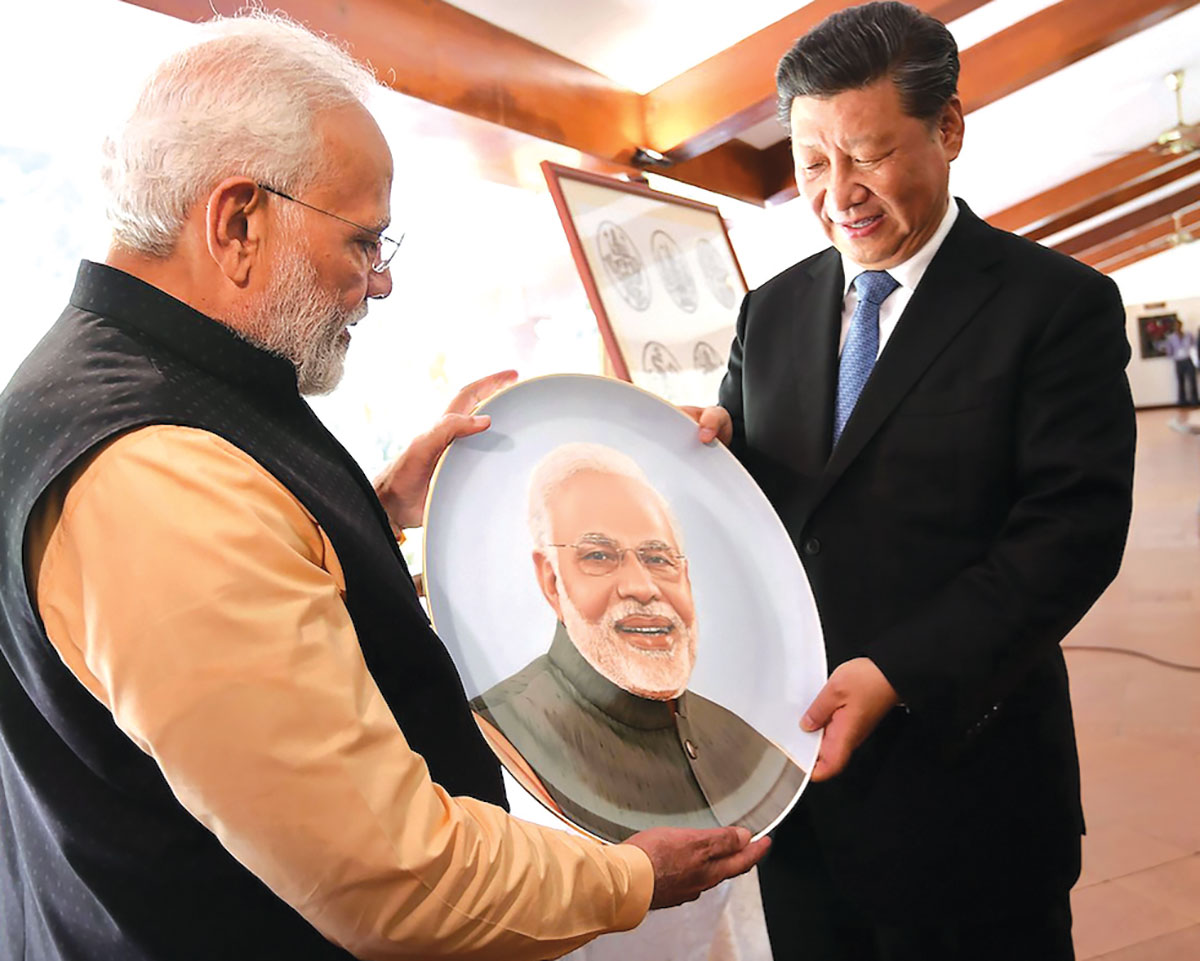
News reports appearing in the media suggest that India has strengthened its deployments. It has started establishing advanced bases to operate fighter jets and attack helicopters from the forward fields such as Nyoma.
It was in the midst of these developments that reports revealed that the Chinese People’s Liberation Army (PLA) stationed in the area had commenced learning the Hindi language. CCTV-7, China’s Military TV Network, dedicated to PLA, broadcasted the visuals of Chinese troops deployed at the Pangong Tso area learning Hindi. The visuals displayed a notebook of a soldier saying, “Hum Chini Sainik hain. Ye humare commander hain. Hum baatcheet karein? (We are Chinese soldiers. He is our commander. Shall we talk?)
The state media broadcast headline declared: “Mastered Hindi in 4 months! He negotiated with foreign troops on the front line of border defense.” This was revealed that the Chinese soldiers installed in eastern Ladakh had already started learning Hindi.
The recent visit of the Foreign Minister of China, Wang Yi, during his meeting with Indian counterpart Subrahmanyam Jaishankar and National Security Adviser Ajit Doval, had asserted that the border issue must not upset the bilateral relationships of both the countries.
Nevertheless, Jaishankar and Doval, in their separate meeting with Wang, comprehensibly communicated that the distressing situation along the LAC will continue to exist unless troops disengage at all friction points in the Ladakh sector. Jaishankar said that nearly 15 rounds of military talks and eight rounds of diplomatic talks had resulted in disengagement at several friction points but may need further action.


